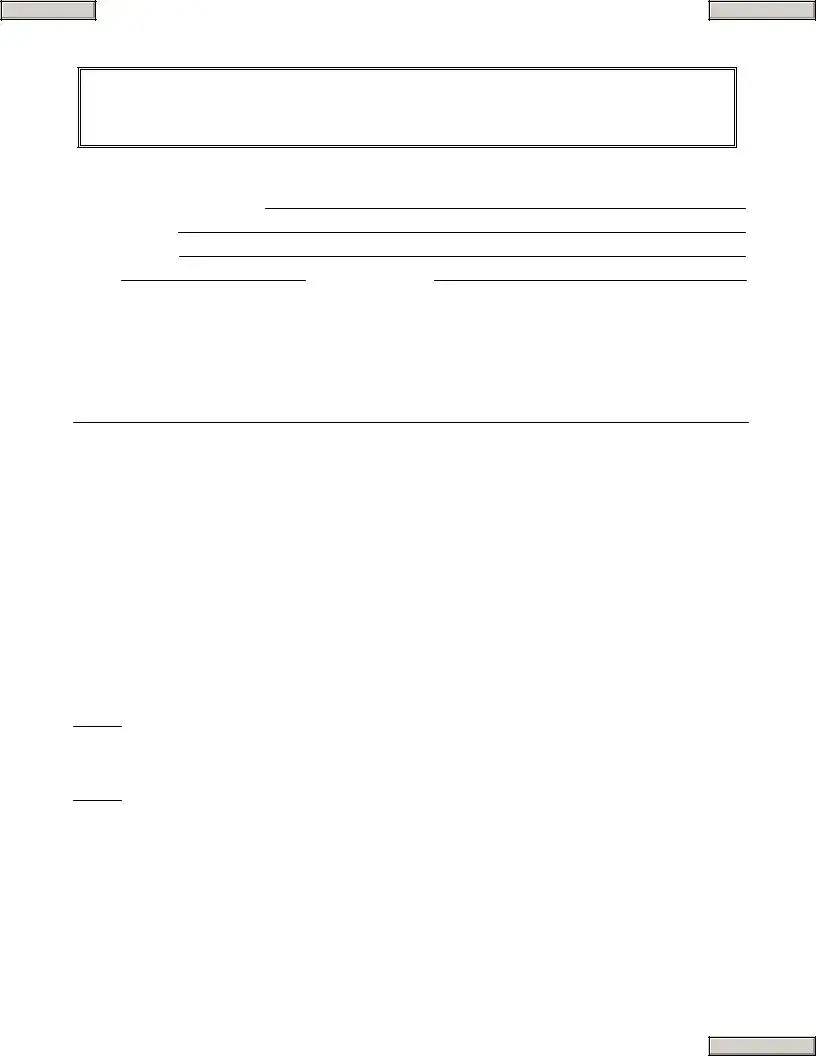Failing to provide accurate and complete information about the roofing company is a common mistake people make when filling out the Roofing Certificate form. It is essential to include the roofing company's full name, street address, city, county, zip code, phone number, and, if applicable, license number. These details are crucial for validating the roofing installation's credentials and ensuring the homeowner can contact the company for any follow-up.
Another error occurs when individuals do not correctly fill out the residence address where the roofing installation has been completed. This section requires the residence's full address, including the homeowner’s name, home and office phone numbers, city, county, and zip code. It's vital for documenting the location of the insured property and linking the roofing installation to the homeowner's insurance premium discount eligibility.
Often, people overlook specifying the impact resistance classification of the installed roof covering. Choosing the correct class—Class 1, Class 2, Class 3, or Class 4—based on the materials used, and according to the Underwriters’ Laboratory Standard 2218, is imperative. This classification directly influences the reduction in residential insurance premiums and must align with the installed roof's impact resistance capabilities.
Some people fail to provide detailed information about the roofing materials, including the manufacturer's name, brand name, and year manufactured. This information ensures the materials meet the requisite standards and are eligible for premium reductions. It also aids in the verification process should there be any questions about the certification.
A commonly overlooked detail is the labeling of the products. The form requires an indication of whether the roof covering product packaging shows the U.L. classification, manufacturer’s name, date of manufacture, and brand name or if each individual shingle, tile, shake, panel, sheet, etc., is labeled accordingly. After January 1, 1999, all individual components must be labeled, and failing to comply with this requirement can lead to delays or denial of insurance premium reductions.
Incorrectly indicating the date of installation is another frequent error. This date is critical for the insurance company to ascertain the roof's age and determine the validity of the certification for premium reduction purposes. An accurate installation date supports the homeowner’s claim for a discount on their residential insurance premiums.
Not obtaining the original signature of the roofing company's authorized representative can invalidate the entire certification. This signature is a formal acknowledgment of the installation and its adherence to specified standards. It is also a key element in protecting the homeowner against any future disputes regarding the installation's quality and compliance.
Failure to distribute the copies of the completed form correctly is a common pitfall. One copy must be retained by the homeowner, and the second copy should be sent to the insurance company. This ensures both parties have the necessary documentation to verify the installation and apply the appropriate insurance premium reduction.
Last but not least, overlooking the warning regarding intentional misrepresentation at the bottom of the form is a serious mistake. It's imperative to understand that any deliberate inaccuracies not only jeopardize the potential insurance benefits but also expose individuals to legal repercussions for fraud. This underscores the importance of completing the Roofing Certificate form with honesty and accuracy.

